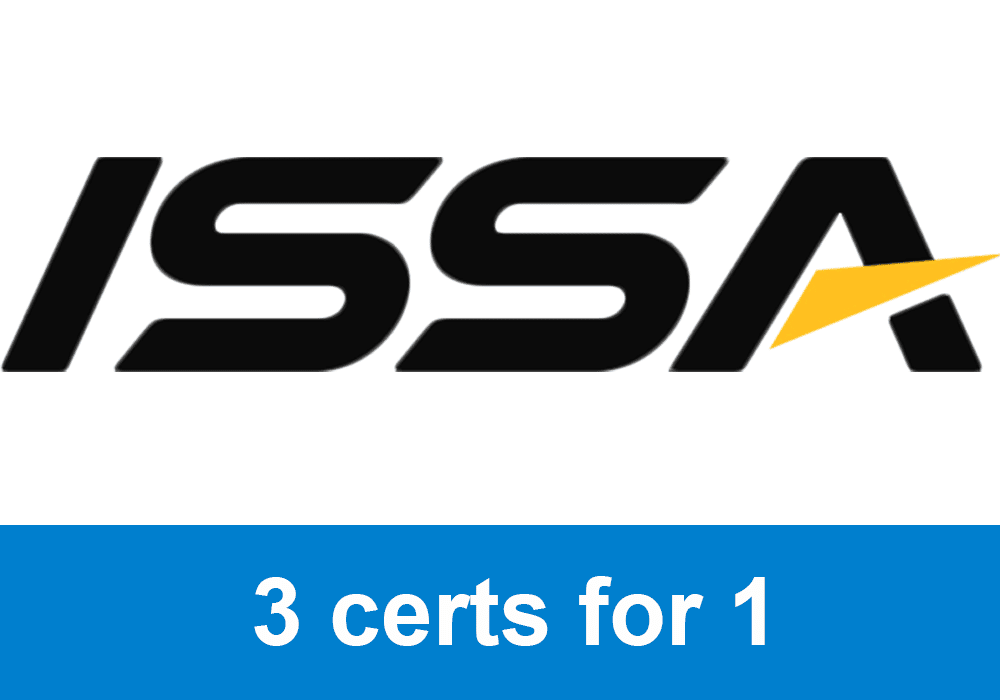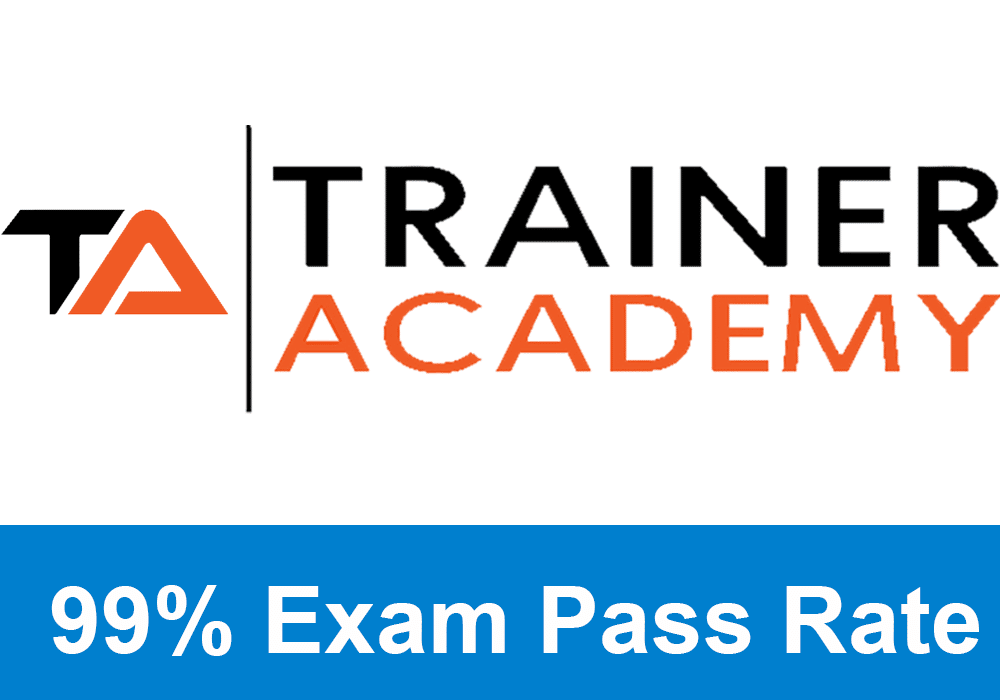
If you have not yet signed up for the NASM CES certification, receive a big discount here.
Get your copy of the NASM CES exam cheat sheet. It helps immensely for studying for the exam.
My PTP students report cutting their NASM CES study time and effort in half with Trainer Academy.
Benefit from the Exam Pass Guarantee and Retake Fee Guarantee. Plus, take advantage of my current discount code PTPJULY for 50% off the MVP Program (Ends July 18th, 2025).
Try it out for free here to see if it’s right for you, or read my detailed review for further insights.
Chapter Goals:
- Describe the functions of activation techniques in programs for corrective exercise.
- Find the techniques for activation for use in programming the corrective exercise.
- Describe the guidelines of application for the techniques in activation.
Introduction
Phases one and two of the continuum addressed the overactive and the shortened myofascial tissues that restrict our range of motion in the joints and decrease our ability to move.
The third phase is going to be activation.
Exclusive PTP CPT Offers |
||
|---|---|---|
Most Popular Cert | Best Online NCCA Cert | Best Study Materials |
Gold Standard Cert | A Good Option | Best CPT for you?  |
This refers to the stimulation of the underactive and the lengthened myofascial tissues.
Due to the impairments present in the human movement system, we must address these underactive muscles after finding the ones that are shortened and overactive.
Isolated Strengthening
These exercises are used for isolating certain muscles to increase the production of force capabilities through the use of concentric and eccentric actions.
We apply these exercises to the underactive muscle through the process of assessment.
Scientific Rationale for Isolated Strengthening
This is a technique used for increasing the intramuscular coordination of specified muscles.
We achieve this through the combo of enhanced motor unit activation, synchronization, and firing rate.
Synchronization is the synergistic activation of multiple motor units.
The firing rate is the frequency to which the motor unit is activated.
Exclusive PTP CPT Offers |
||
|---|---|---|
Most Popular Cert | Best Online NCCA Cert | Best Study Materials |
Gold Standard Cert | A Good Option | Best CPT for you?  |
Motor unit activation is the progressive muscle activation by successive recruitment of contractile units to increase contractile strength gradations.
Each of the previous parameters has been found to increase the strength of a muscle contraction.
And we develop intramuscular coordination through traditional resistance exercises focusing on specific muscles.
We need to achieve increased activation of the specific muscle before integrated exercise to avoid synergistic dominance.
Isolated strengthening can be done immediately following the inhibition and lengthening techniques.
No research supports this, but it has clinically shown the results we are looking for.
Mennell’s Four Basic Truisms
1: When a joint is not free to move, the muscles that move it cannot be free to move it.
2: Muscles cannot be restored to normal if the joints that they move are not free to move.
3: Normal muscle function depends on normal joint movement.
4: Impairs in the function of muscles perpetuate and may even cause deterioration in abnormal joints.
When doing isolated strengthening exercises, we must emphasize the eccentric portion of the moves, as these slow tempo eccentrics have beneficial physiological and mechanical properties.
It is also shown that these help in times of needed recovery for muscle injuries.
Another important note is that eccentric focused exercise has been associated with muscle damage and increased delayed onset muscle soreness.
Precautions and Contraindications for Activation/Isolated Strengthening
Precautions for Isolated Strengthening
- Special populations
- Neuromuscular disorders
- Clients that have poorer core stabilization strength
Contraindications for Isolated Strengthening
- Acute injuries or muscle strains or tears of a muscle that is to be stretched
- Acute rheumatoid arthritis of the joint that is affected
- Impairments in the motion of the joint
- Pain found when doing the movements
Acute Training Variables for Isolated strengthening
- The frequency should be 3 – 5 days per week
- The sets should be in 1 – 2 sets
- Repetitions are 10 – 15 reps per set
- The duration of the reps is described as a 4/2/1. This means four seconds for the eccentric portion, 2 seconds for the isometric hole at the end, and one second for the concentric contraction.

 Have a question?
Have a question? 



Tyler Read
PTPioneer Editorial Integrity
All content published on PTPioneer is checked and reviewed extensively by our staff of experienced personal trainers, nutrition coaches, and other Fitness Experts. This is to make sure that the content you are reading is fact-checked for accuracy, contains up-to-date information, and is relevant. We only add trustworthy citations that you can find at the bottom of each article. You can read more about our editorial integrity here.